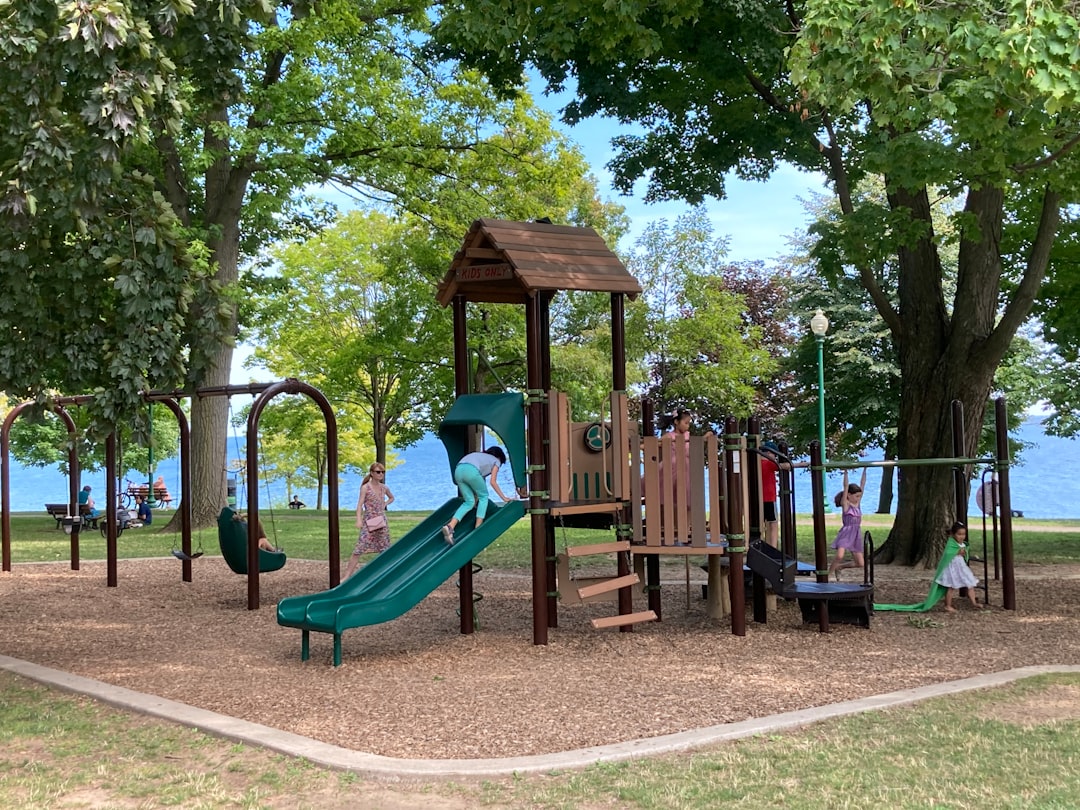A good number of kids have been found to have eating disorders which makes them unable to meet their nutritional needs orally. That is why there has been an increase in tube weaning program. When a child cannot meet his/her nutritional needs through the mouth, a feeding tube is used. Children who cannot swallow safely or who are in need of nutritional supplementation can also be introduced to enteral feeding. Tube feeding has, therefore, been very effective for kids that lose weight due to inadequate nutrition. It also prevents aspiration in children. However, for enteral feeding to be effective, it has to be used for quite some time. For this reason, children who have been subjected to this feeding method need to go through Weaning for them to start feeding orally again.
As much as enteral feeding has been found to be effective, it also has its downsides. Side effects such as skin irritation, granulation tissue, and nausea have been recorded. Also, the kids develop long-term feeding dependency on tubes. Vomiting, gagging, feeding aversion and food refusal were reported in kids with FTD. This shows that FTD can prevent a child who has recovered from a certain medical condition to smoothly transition from gavage to oral feeding. Therefore, for the kids to start feeding orally again, interventions, feeding programs, and modalities have been established to aid patients in the transition.
Tube Weaning programs were, thus, introduced to kids that have FTD. This treatment method has been found to work perfectly over the past two decades. During the tube to oral feeding transition, the patients must be under intensive psychological care and guidance. Also, a self-regulation method is used on the patients to help them have a quick recovery.
This treatment modality allows kids to receive their treatment in the comfort of their homes. The treatment has five phases that must be followed systematically. These include an assessment by a specialist, preparation for treatment, hunger induction, intensive treatment, and follow-up. The parents must be very supportive of their kids throughout the treatment.
The outcome of this treatment has been promising. There is an over ninety percent success rate. Kids that have undertaken this treatment have been reported to have improved eating behavior and an encouraging increase in growth. The home-based tube weaning programs are, therefore, one of the best treatment programs for kids that have to develop feeding tube dependency. Parents and guardians are, thus, urged to try out this program to help their young ones in the transitioning process.








